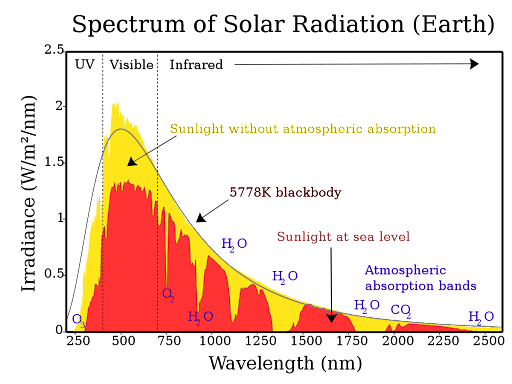Tandem racing: how scientists build the perfect solar cell (II/II)


· 3 min read
This is part two of a two-part series on energy storage technologies. You can find part one here.
In the ongoing quest for the ultimate solar cell, scientists are harnessing silicon-perovskite tandem technologies to shatter efficiency records, with the latest breakthroughs achieving efficiencies of up to 33.7%. This second part of the series explores the innovative strategies employed to overcome electron-hole recombination issues and the diverse approaches leading to record-setting performances, highlighting the competitive yet collaborative nature of this high-stakes solar race.
The main problem of silicon-perovskite tandems is the recombination of electrons and holes in the perovskite, especially at its interface with the electron-conducting fullerene layer. In 2022, two articles were published at once, the authors of which solved this problem in different ways.

shown in red, the perovskite part is in blue, and the fullerene transport layer is in dark blue. At the bottom right, is the absorption distribution of the silicon and perovskite parts over wavelengths. Chin et al. / Science, 2023
Qin Xin Yu and his colleagues at the Federal Polytechnic School of Lausanne (EPFL) came up with the idea of texturing the surface of silicon in the form of pyramids. Such a surface allows you to capture more photons: the light that is reflected from one side of the pyramid can be absorbed again on the next.
The perovskite layer was applied on top in two stages: first, the base of the future perovskite, lead iodide with the addition of cesium iodide, was thermally deposited, then a solution of iodide and formamidinium bromide was dropped on top. In this case, the perovskite surface also turns out to be textured. It is inconvenient to apply stabilizing layers on it — the coating will be very uneven. To solve this problem, the authors added pentafluorobenzylphosphorous acid to the precursors for perovskite: it passivates boundary defects and helps perovskite crystallize better. As a result, the grains become larger, and the recombination of charge carriers decreases. This design is 31.25 percent efficient — five percent better than the best pure silicon cells.
But Silvia Marietti and her colleagues at the Berlin Helmholtz Center for Materials and Energy (HZB) used a silicon cell with a smooth top. There were three types of anions in their perovskite: five-mole percent chlorine was added to iodine and bromine. To passivate the defects, they added piperazinium iodide to the perovskite layer. Mariotti and her colleagues found an additive that also greatly facilitates the extraction of electrons from the perovskite layer. As a result, the efficiency was even higher than that of Qin’s group — 32.5 percent.

And while two-terminal tandems are racing against each other, four-terminal tandems may have a chance again: they have fewer requirements for the perovskite cell, for example, there is no ban on the use of titanium dioxide. Therefore, scientists have more opportunities for stabilization. And since the two semiconductors are not connected, if the perovskite cell does fail after a few years, it can simply be replaced with a new one. So over time, the favorite in this race may change. And the wait for this may not be long: already four-terminal tandems show an efficiency of 26 percent and higher, and they are only a few percent away from their two-terminal rivals.
Future Thought Leaders is a democratic space presenting the thoughts and opinions of rising Sustainability & Energy writers, their opinions do not necessarily represent those of illuminem.
illuminem briefings

Hydrogen · Energy
illuminem briefings

Energy Transition · Energy Management & Efficiency
Vincent Ruinet

Power Grid · Power & Utilities
World Economic Forum

Renewables · Energy
Financial Times

Energy Sources · Energy Management & Efficiency
Hydrogen Council

Hydrogen · Corporate Governance